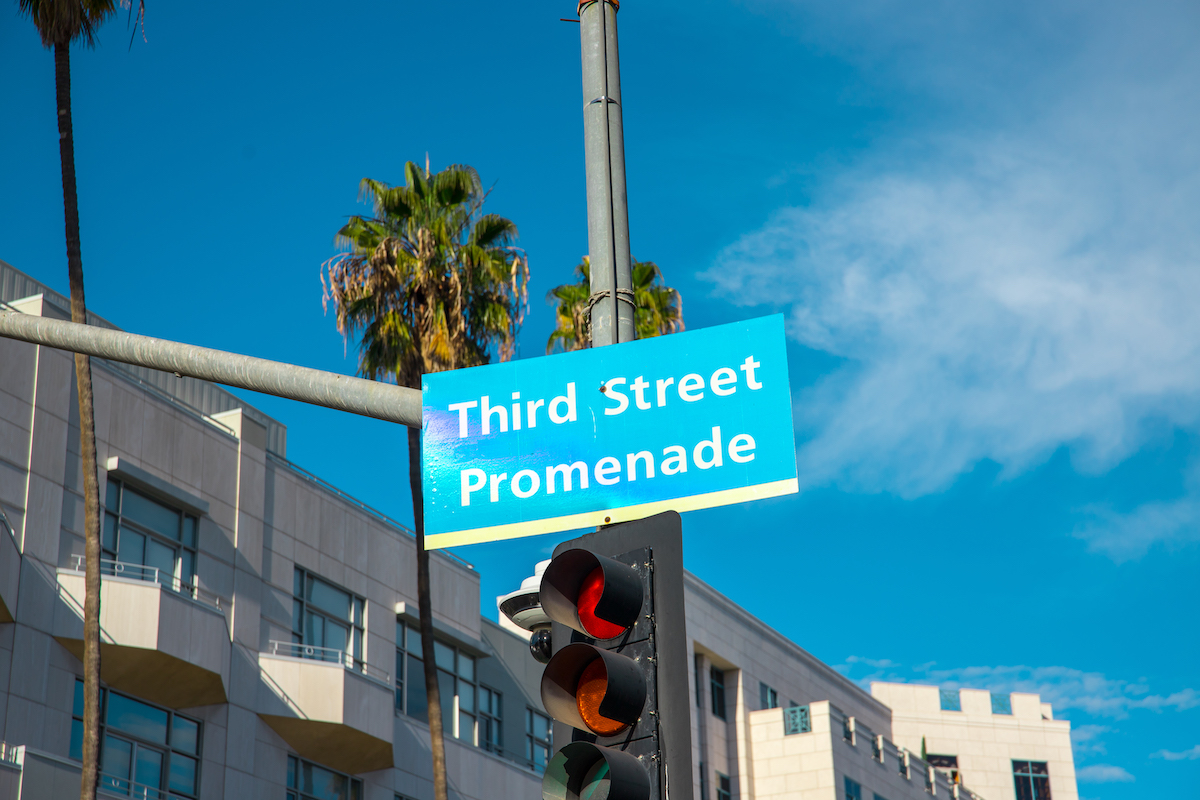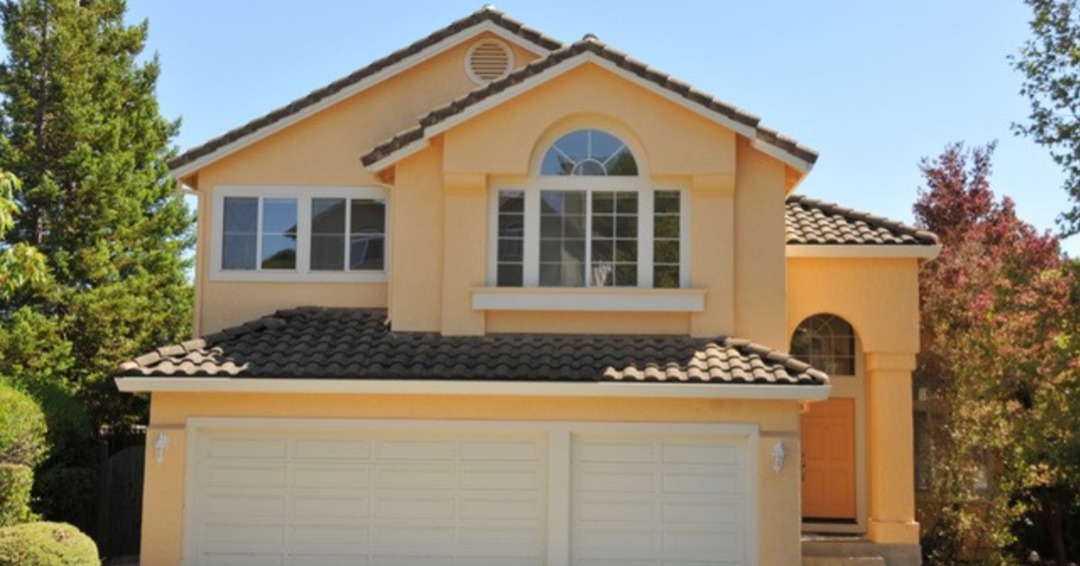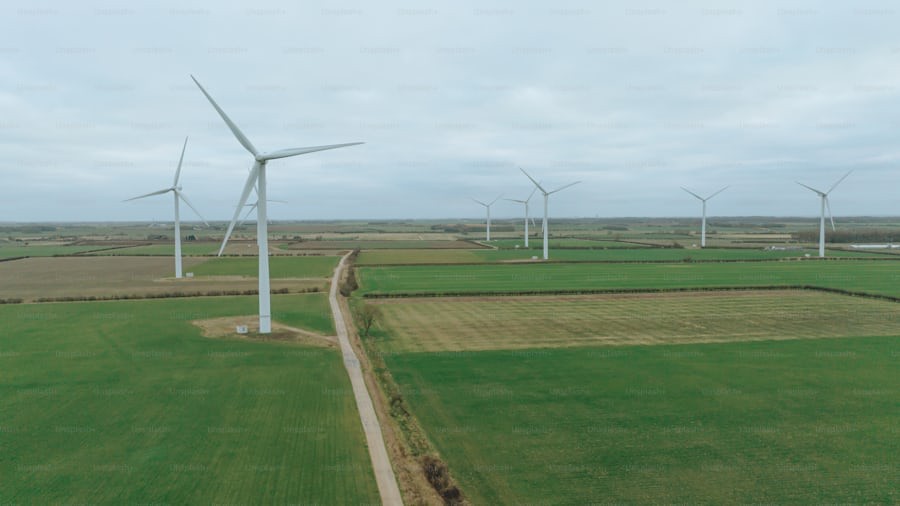
It’s no secret that the Third Street Promenade has been losing its luster, its tenants, visitors, and customer foot traffic. For years the Promenade operated as a sales-tax cash cow based primarily on tourism, but that has changed the last few years due to specific contributing factors was are all well aware of, such as:
- Online companies like Amazon are decimating brick & mortar retail sales.
- Homelessness, mental illness, alcohol, and drugs
- Crime increases, specifically assaults, break-ins, and thefts, are related to homeless issues.
- The COVID19 pandemic fallout
- Unclear zoning and permitted uses have pushed tenants out and disincentivized many potential new tenants and uses.
But the current bleak scenario does create a window of opportunity for a “new deal.” After reviewing the Promenade 3.0 presentation as a whole, its themes for a reinvention and new vision are both exciting and lofty goals for change, but this needs to be followed up with a realistic step-by-step direction with a strategically defined implementation plan. Everyone, especially the property owners and residents, should be allowed to have a seat at the table in the decision-making process as this is too comprehensive of a re-development plan to be treated otherwise. As we understand it, most property owners on the Promenade are in “survival mode” and have already made deep rent concessions and incentives to attract new tenancies.
Any themes, strategies, or scenarios carry with them the obligation to integrate the mall and downtown adjacent with the larger city as a whole and be integrated within an overall physical and financial master plan. Specifically, The City, DTSM (Downtown Santa Monica Inc. and SMBOA (Santa Monica Bayside Owner’s Association) need to work together to solve this emergency crisis and create a development with a stimulus plan that works for everyone. Often, a crisis brings people with differing views and political-economic agendas together, and there couldn’t be a more imperative time for this to happen.
We have seen that the antiquated tourist model doesn’t work anymore because of the risks of being heavily dependent on one source or market segment. DTSM and The City of Santa Monica must come up with a proposal, affirmatively, on the Promenade’s role in its future. Will the fundamental purpose of this pedestrian and destination shopping mall be turned into a local open-air resource for future residents of downtown located within walking distance? Will or should the Promenade focus on services to citywide-residents, including new mixed uses and increasing residential housing opportunities addressing those specific transportation and parking needs, rather than unreliable crowds of tourists and changing market demands? It is one thing to orient the City’s Promenade policies to cash-spending tourists from abroad. It is quite another to plan for resident use of the space.
Without comprehensive planning or perhaps even having a long-term “master plan” for that area, the Promenade will stagger with continual problems that will ultimately increase the complexity, difficulty, and related solution costs. DTSM and The City of Santa Monica needs to define and present a vision that addresses the actual realities, not just dreams and feel-good concepts without adequate research and vetting, but perhaps just designed to garner voter support any the next election.
The path forward in 3.0 says, “Santa Monica’s enduring love for this place sets the foundation for its next renaissance.” There is truth in that statement, but any meaningful path forward must start with building the foundation of solving the crime and homeless problems in the entire city before property owners and the City of Santa Monica expend any significant or permanent investment improvement dollars.
Building on this foundation would be a working business model. Defining the vision, desired growth direction, and projected market mix coupled with providing good parking options. What exactly would be the most effective mix of uses keeping a flexible zoning profile that would invite potential and unique tenancies to service current and future residents as a priority and provide attractions and entertainment for tourists and visitors as well?
There are some conflicts in the decision-making process. For example, the City of Santa Monica, on the one hand, purports to support growth, new housing, business, and increasing pedestrians for struggling tenancies. Still, they also approve demolishing Parking structure 3 (located on 4th St). for affordable housing, thereby reducing critical parking needs in a prime location without planning for replacement and requiring sufficient parking to manage any residential and commercial needs downtown? Affordable housing is one thing needed, but does this have to be located on prime commercial real estate when other more flexible alternatives are available in the city (for example the large City-owned parcel on 14th and Colorado which could be re-purposed for temporary housing and then for a potential long term building solution? Also, why is the City of Monica squandering resources on closing a part of Main St. and calling it a “plaza, a “pedestrian plaza’. It is not a real plaza by any stretch of the imagination and speaks to a lack of direction.
We must demand logic and common sense decision-making from our City leaders and management in planning any new vision or re-imagination for the Promenade and Downtown areas.
First and foremost, the City of Santa Monica must take all steps necessary within its legal and financial means to resolve the homeless and related crime in the city, paying particular attention to the “hot zones” and commercial corridors.
This crisis borders on an emergency for public safety and must be treated as such. Public safety is one of the primary responsibilities of the city government, and they have grossly failed; there is no excuse! It is the city’s responsibility to provide for and protect the public welfare, and it is falling way short of that requirement. Property owners should not inequitably shoulder this burden until the City provides adequate police protection, stepped-up patrols city-wide, and more safety and general cleanup services concerning the homeless. Where and how has the money for these critical services been spent thus far?
The continued homeless situation in Santa Monica is the direct result of City policy. The impact policy can have on successfully managing the issue is illustrated in a recent analysis from the City-Journal (a):
“Los Angeles been seen full of tents, while its Culver City side was empty. Why? As neighboring cities, Los Angeles and Culver City have the same regional economy, climate, and rental prices—in fact, Culver City is slightly more expensive than Los Angeles. The difference is public policy. Los Angeles has effectively decriminalized public camping and drug consumption; Culver City enforces the law against them. After two Los Angeles city councilmen complained in the Los Angeles Times that Culver City was pushing its homeless into L.A., then–Culver City mayor Jeffrey Cooper shot back in a letter to the editor: “The encampment under the 405 Freeway on Venice Boulevard . . . has been the scene of numerous violent crimes. The Los Angeles Police Department does not check in with the homeless people living there nearly as often as Culver City police do. If I was a homeless person inclined to do drugs and commit crimes, I would feel safer in Los Angeles than Culver City, whose police are there to protect all residents.”
At least we don’t have the tent issues but why can’t Santa Monica “mirror” the same approach and enforce laws? Santa Monica has earned the dubious reputation as a haven for the homeless. That must end now!
The City of Santa Monica should consistently lobby Congress and our State representatives independently or with Los Angeles to invest much more in proven solutions to homelessness. The bottom line is that the government has to streamline the process and work with the local governments for an immediate, multi-faceted solution. There is no more time left as this is a true public emergency, and frankly, this is no less than a disaster of sorts that should qualify for additional funds from the Federal Government.
If there are going to be more eclectic and minority-run businesses as referenced in 3.0 Strategy 8, they must serve the model of the planned vision. Perhaps to stimulate tenancies and development in the locations and alleyways as proposed in 3.0 Strategy 8, there could be a government rent subsidy program with a payback dependent on future sales tax revenue streams (details to be determined). Said occupancy costs would be subsidized in part by the City of Santa Monica and implemented by the property owners according to a pre-determined and approved marketing plan for that specific purpose. This creates an opportunity for that both Government and Private Investment will stand to benefit from the projected increased leasing activity and, ultimately, the additional tax revenue.
The main idea is that an effective economic revitalization plan must spell out both the property owners and government contributions step by step in conjunction with a cohesive marketing plan.
To summarize:
The Promenade 3.0 vision and strategies as presented have little hope of achieving meaningful success until the City prepares a cohesive plan addressing precisely what direction and markets will be focused on for future commercialization and re-development.
The City of Santa Monica must do adequate research before any form of a re-defined relationship between public spaces and the existing or to-be-built reimagined environment with any stores, mixed uses, or tenancies can be successful.
Street galleries, live theaters, music venues are precisely the kind of marketing and experiences that Amazon or other online competitors cannot provide. That could in itself be a high-enough margin of increased revenue to be self-sustaining. It would also define the Promenade as a destination, providing unique attractions and incentives for visitors to come while promoting the laid-back beach lifestyle for which Santa Monica is so famous.
Michael Jolly
Santa Monica Architects for a Responsible Tomorrow: Ron Goldman, Architect FAIA; Dan Jansenson, Architect, Building & Fire-Life Safety Commissioner; Mario Fonda-Bonardi AIA, Planning Commissioner; Robert H. Taylor, Architect AIA: Thane Roberts, Architect; Sam Tolkin, Architect; Marc Verville M.B.A, CPA, Michael Jolly, AIRCRE
References:
a) Compassionate Enforcement – Homelessness – City-Journal Summer 2021 https://www.city-journal.org/cities-must-balance-public-services-with-public-order-to-reduce-homelessness













